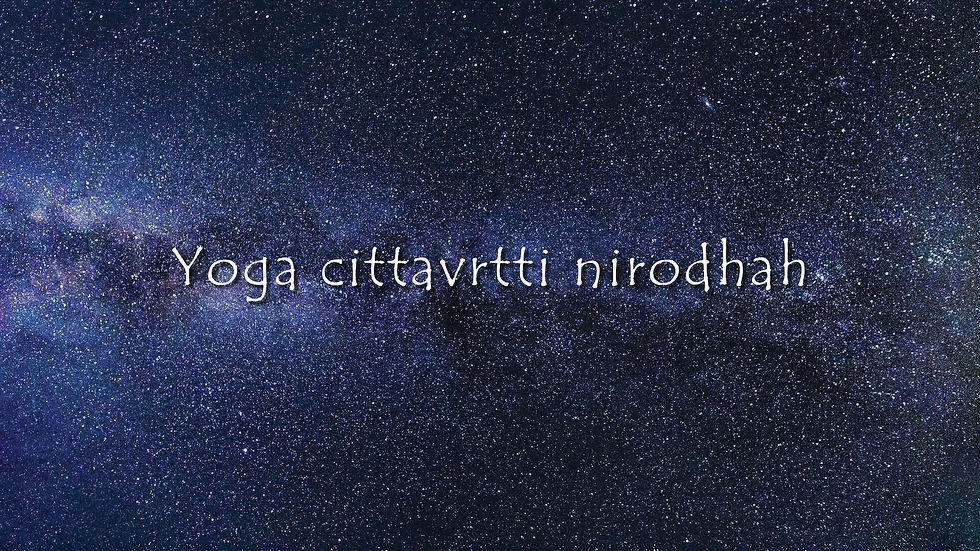Matter Seeking Spirit / Spirit Seeking Matter
- Kim Schwartz

- May 14, 2021
- 2 min read
Updated: May 17, 2021

In pursuing a mindfulness practice such as yoga, we may feel that we are a human seeking spiritual awareness. Though true, it is perhaps more accurate to think that we are spirit that has sought a human experience. As we reside at a point in an infinite expanse of time space, it stands to reason that as a human incarnation is but decades long, we spend far more time not as human than as human. A human is essentially a mind-body complex inhabited by the consciousness of spirit. Once we incarnate as a human, an integration process is required. In this process we learn how to organize the information from our senses in a way that is consonant with the culturally accepted paradigms in which we are to function.
To function within these paradigms, it is helpful to have a model for how perception, cognition and sense of self works. There are many models that attempt to describe this. A classical text on the system of yoga called the Yoga Sutras, devotes the majority of the first of its four segments to a description of the various methods of perception and cognition, called vrttis, and how they are organized to create a sense of self. This sense of self becomes the lens that we call the mind. The mind has a sense of self defined by its identification with what we have experienced through the senses. This is the lens through which consciousness looks into and interacts with the world of time space.
This sense of self then will then need to exist not only as an internal awareness but also interact in a relational sense with other life forms and their cultures. We interact with the world through the mind-body complex. Because of this, the functioning of the physical body affects how the sensory information is received. Through the nervous system the mind tells the body how to function. At the same time, the nervous system sends information back to the mind. With its various neurological paradigms, the nervous system predisposes how the mind processes information. So consciousness functions through the vehicles of the mind and body to interact with the world as the body receives sensory information sent through the mind back to consciousness in something of a feedback loop. Over time, this dynamic process continues to affect sense of self within itself as well as how it interfaces with its environment.
There are many ways in which we can interact with our environment. Some, more sustainable than others. The sustainability of these actions can be evaluated in terms of energy used and energy recouped. Actions that use more than they produce need to be performed with appropriate discernment to keep things in relative balance or they are ultimately unsustainable. The better we understand this relationship, the more our interactions become functionally sustainable.
As this exchange of energy is balanced, various activities and states of consciousness can be employed to maximize our ability to learn and become more complete humans. Becoming an integrated and complete human is the primary purpose of the system of yoga.
Matter Seeking Spirit / Spirit Seeking Matter
by Kim Schwartz









































hh